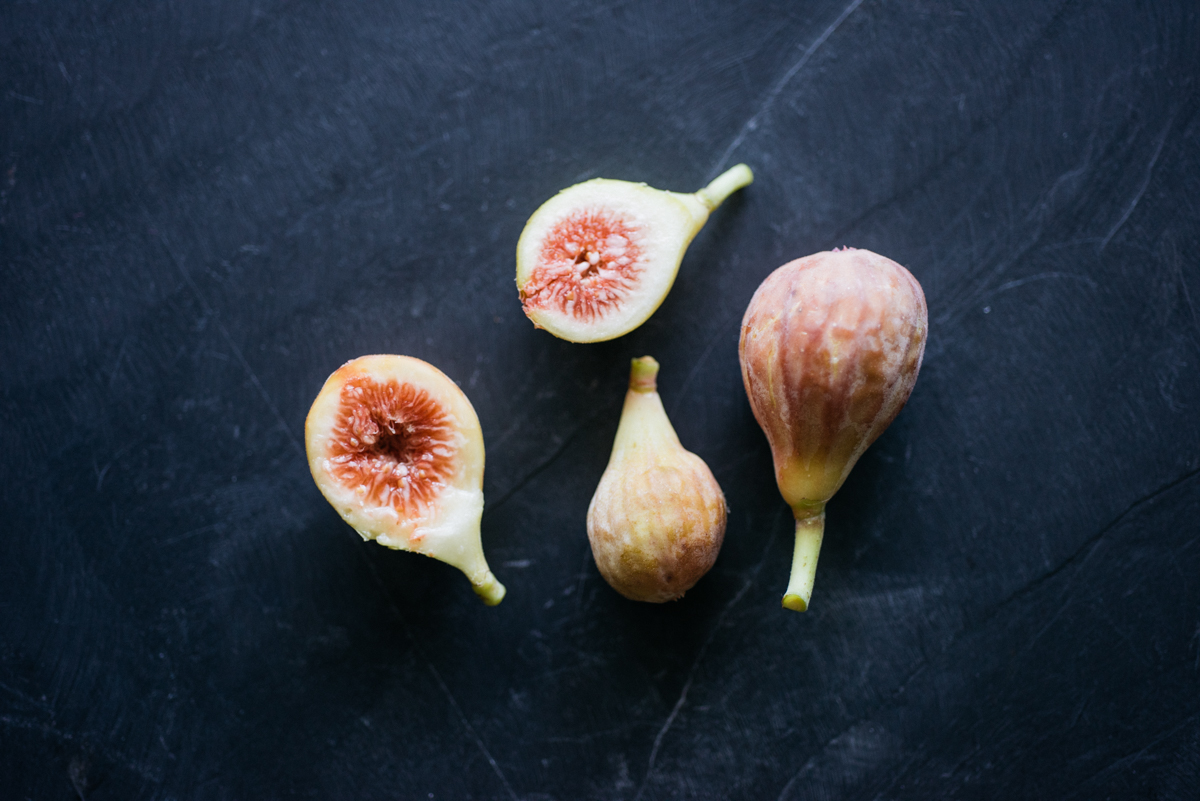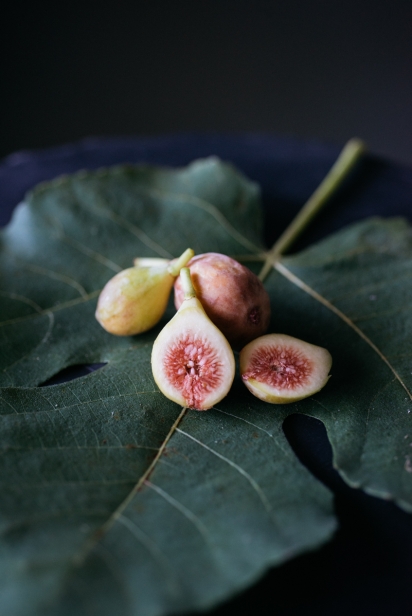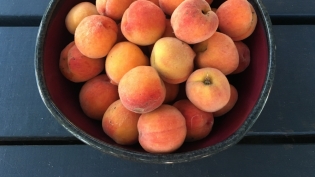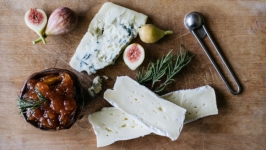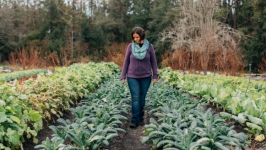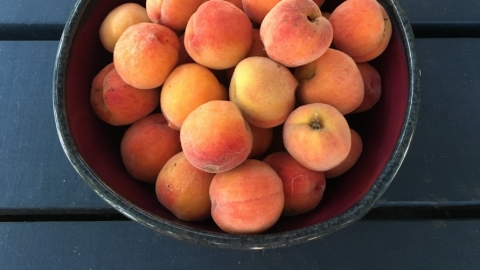The Sugar Figs of Florida
Figs are a sneaky little bunch. Delicately sweet, brimming with texture, beautiful to behold, and hard to identify, botanically speaking.
The most common varieties grown in the U.S. are Black Mission, Brown Turkey, and Green Kadota, but hundreds of others exist. The leaf pattern of figs can change with age, as can the appearance of fruit from one crop to the next, so knowing what type you're eating or what variety to purchase can be perplexing.
Making matters trickier yet is understanding when figs are actually in season. In California and Florida, trees bear fruit in two crops. A "breba" crop (in early summer) followed by a "main" crop (mid-to-late summer through fall). Breba crops form on tree growth from the previous year, while main crops emerge on a tree's most recent growth. Because fig trees are relatively disease-resistant and yield high returns on fruit, they make excellent additions to edible landscapes. A win-win for gardeners and home cooks alike.
Homeowners and U-pickers in Florida should keep watch for Celeste fig trees throughout the summer months. The variety (also called a Sugar fig) is exceptionally well-suited to the region, with fruit growing abundantly in early July, developing deep shades of purple as it matures through the season.
When it's time to harvest, figs are soft to the touch and sweet on the tongue. If you manage to outsmart all nearby squirrels at their gathering game, there'll be no shortage of ways to enjoy a windfall of fresh figs. Grill them, bake them, or drop them into a salad. Entertaining guests? Add them to your favorite charcuterie board and serve with cheese and crackers.
A final word of caution, however, these Sugar figs will not last long in your kitchen! Not only because they're delicious (and tend to get gobbled up quickly) but also because their shelf-life is limited once picked. They keep best at room temperature with plenty of air flowing around them. Refrigeration will extend their expiration date, but cool temperatures will also dull their flavor. Best to consume or preserve your figs in batches -- and plan to do so quickly.
********
For more information on growing Figs in Florida, visit the University of Florida IFAS Extension Website.


